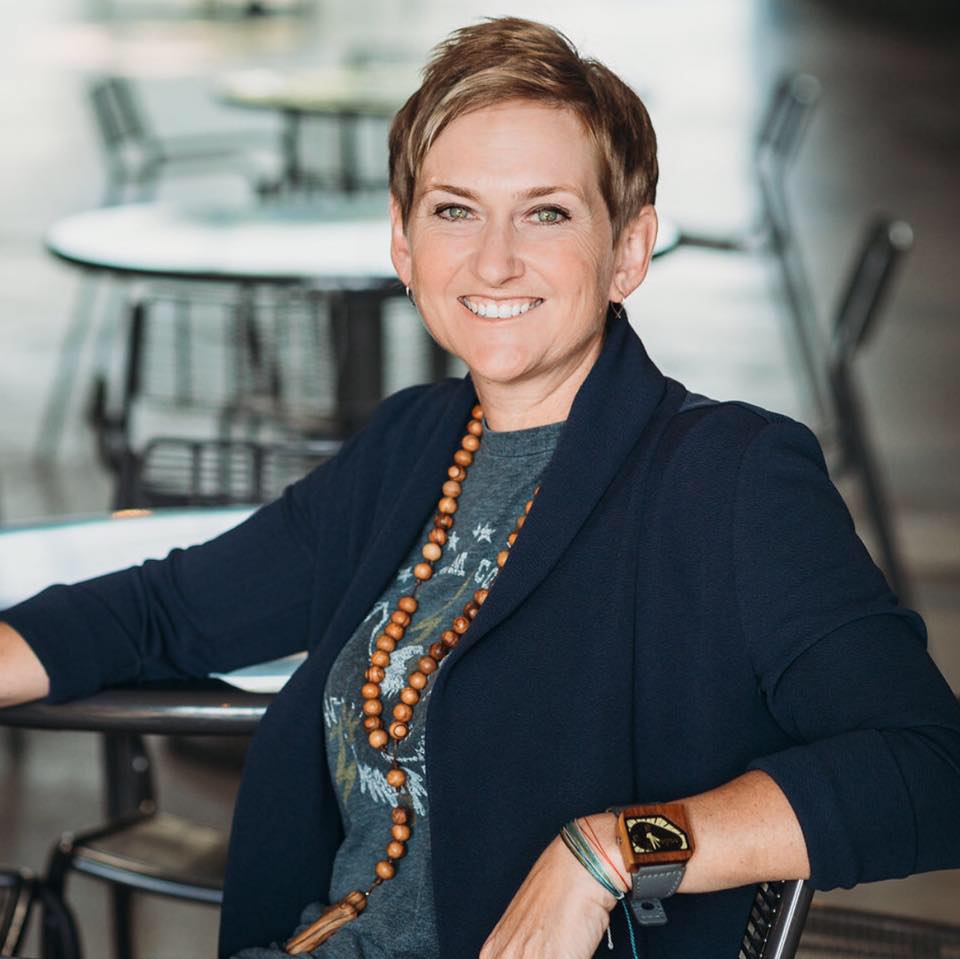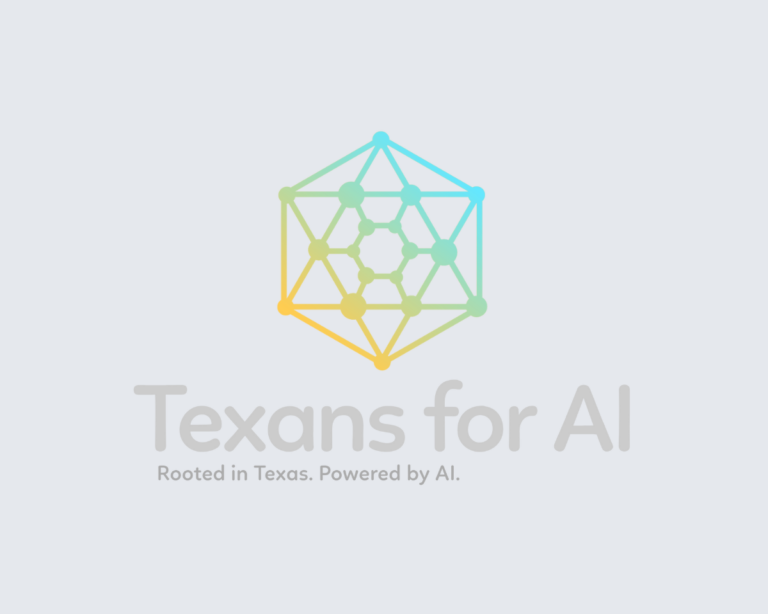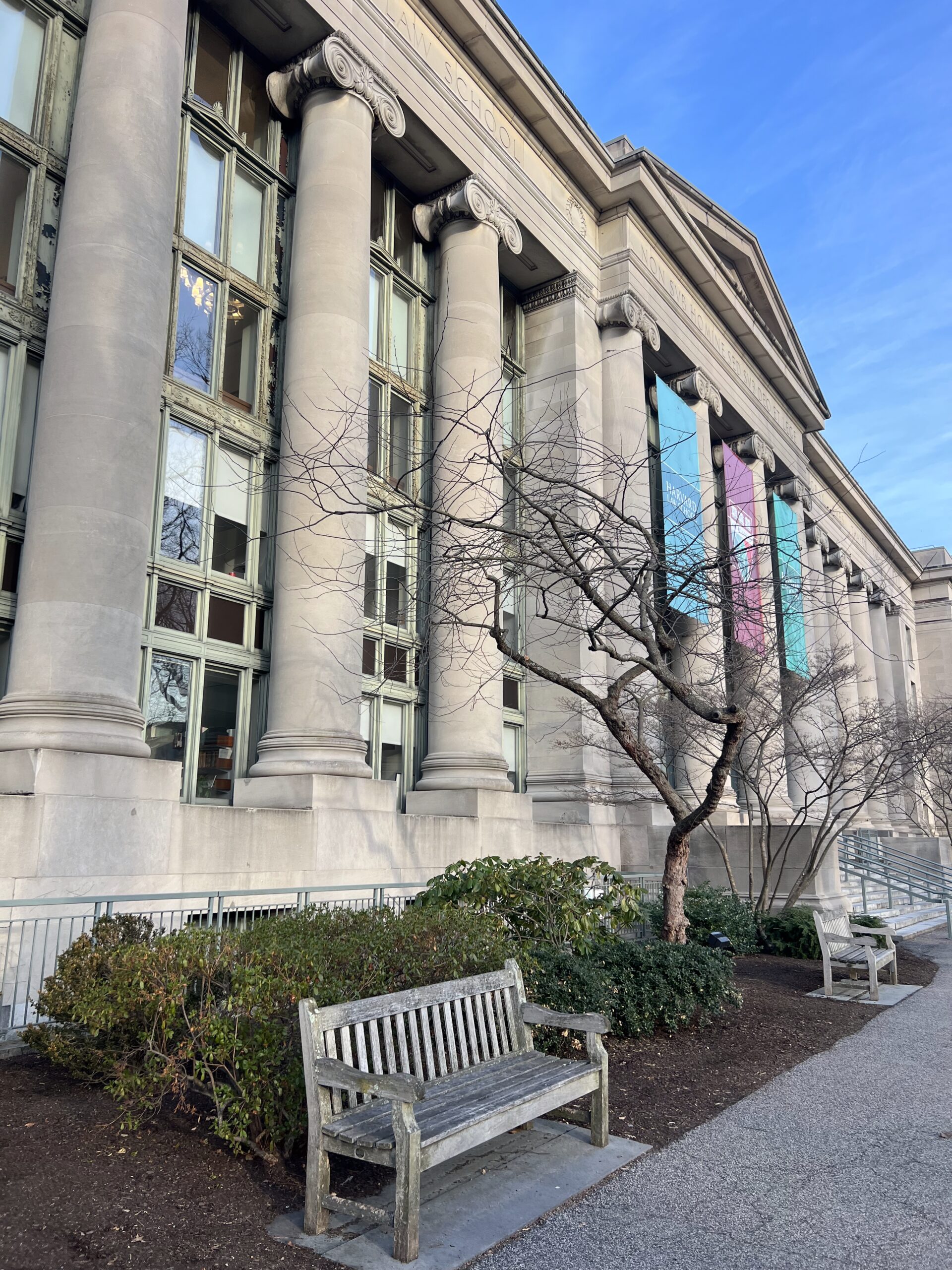
By Kori Ashton
Walking through the historic halls of Harvard Law School as a lifelong Texan, I felt the weight of both tradition and transformation. I had the privilege of attending the Harvard AI in Education Conference: Stories from the Global South, a summit that brought together global educators, technologists, and policymakers to explore how artificial intelligence is reshaping learning across diverse contexts.
This conference wasn’t about buzzwords. It was about people. It was about systems. It was about the power of listening. And it was about action. One moment that continues to echo in my heart came from the opening keynote, Dina Ghobashy of Microsoft, who asked each of us to consider: “What will you write with your pen?” In other words, how will we use this tool to write a great story?
It was a challenge to all of us—not to just absorb information, but to contribute meaningfully to the unfolding story of AI in education.
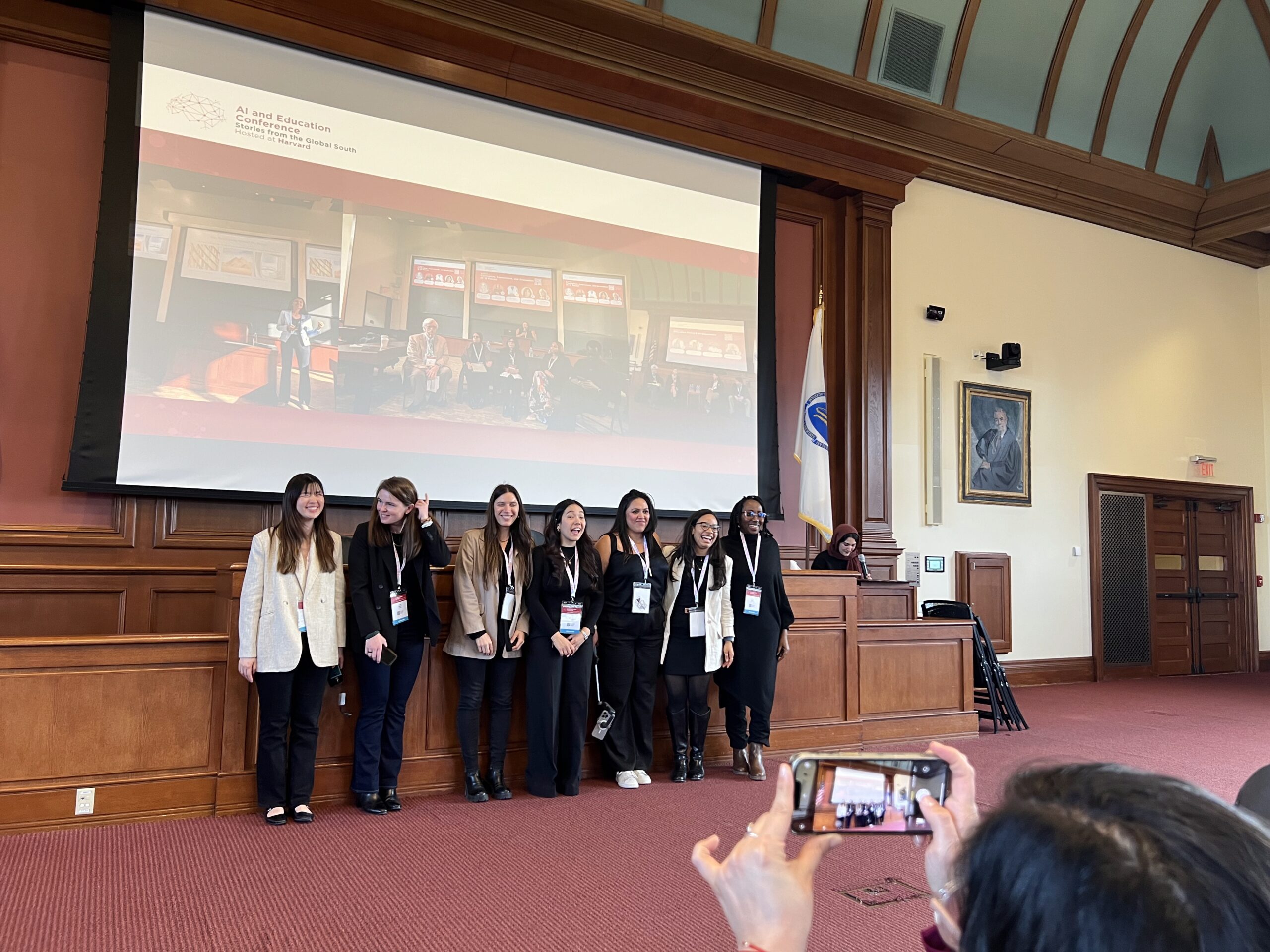
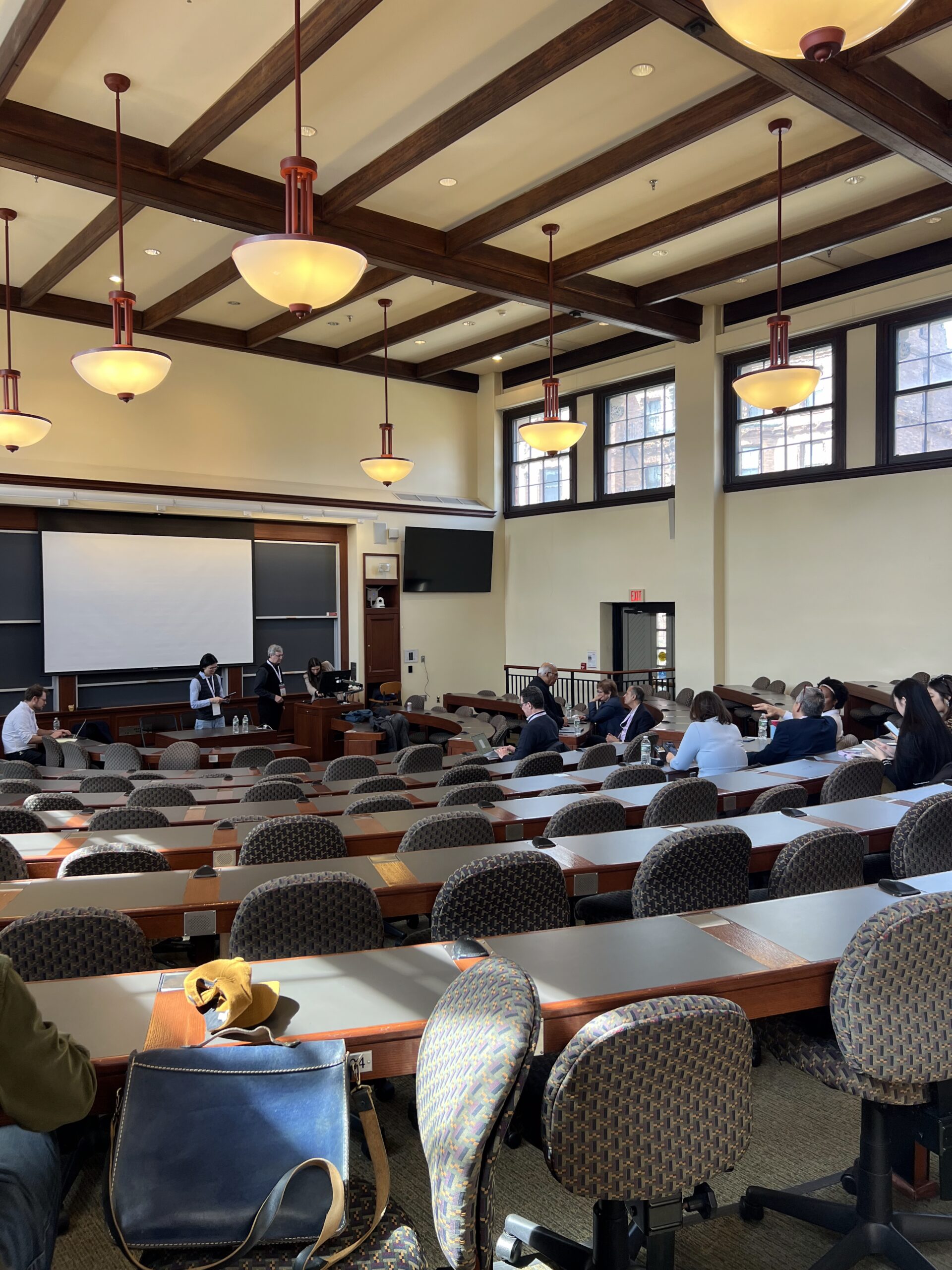
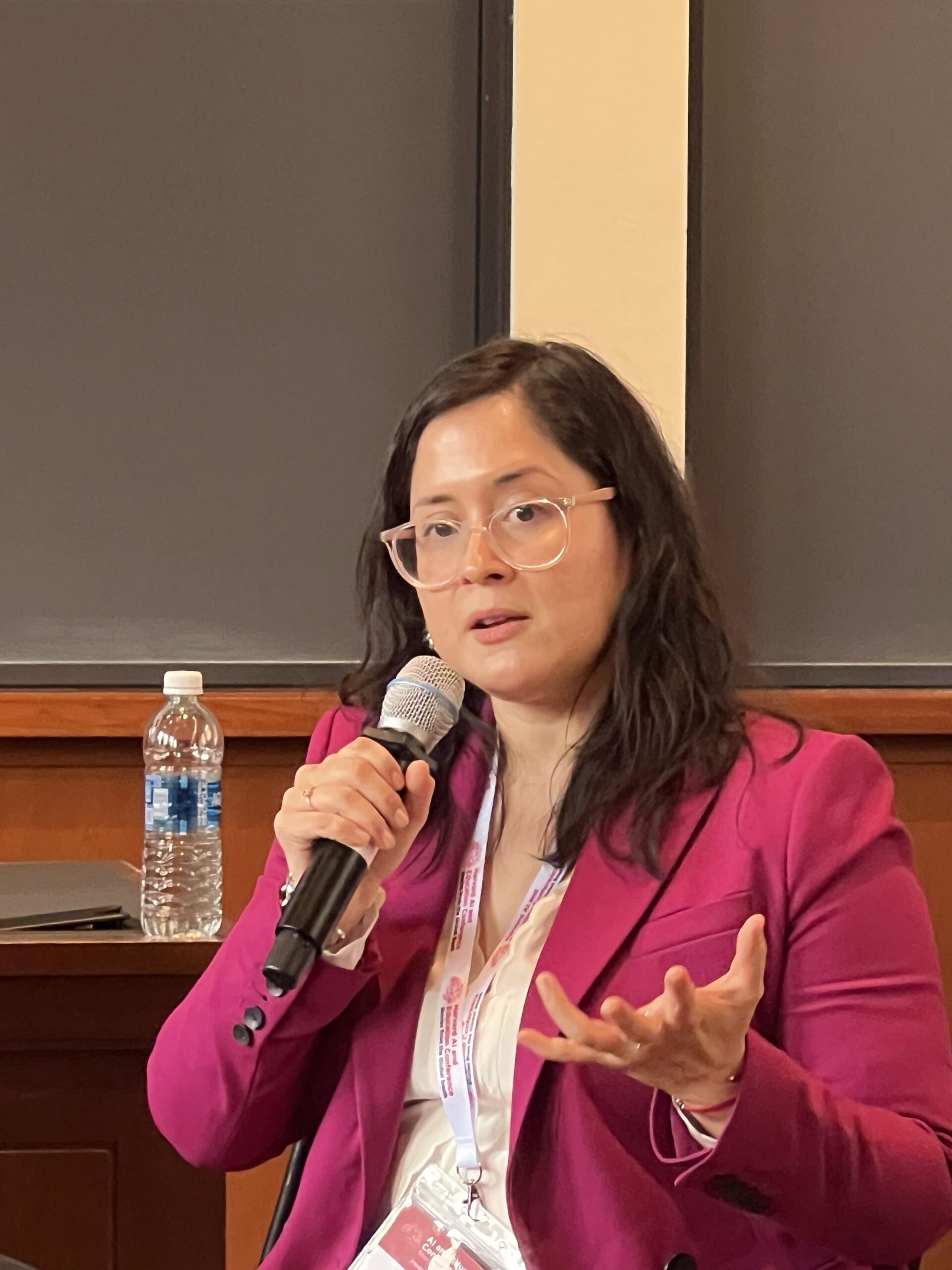
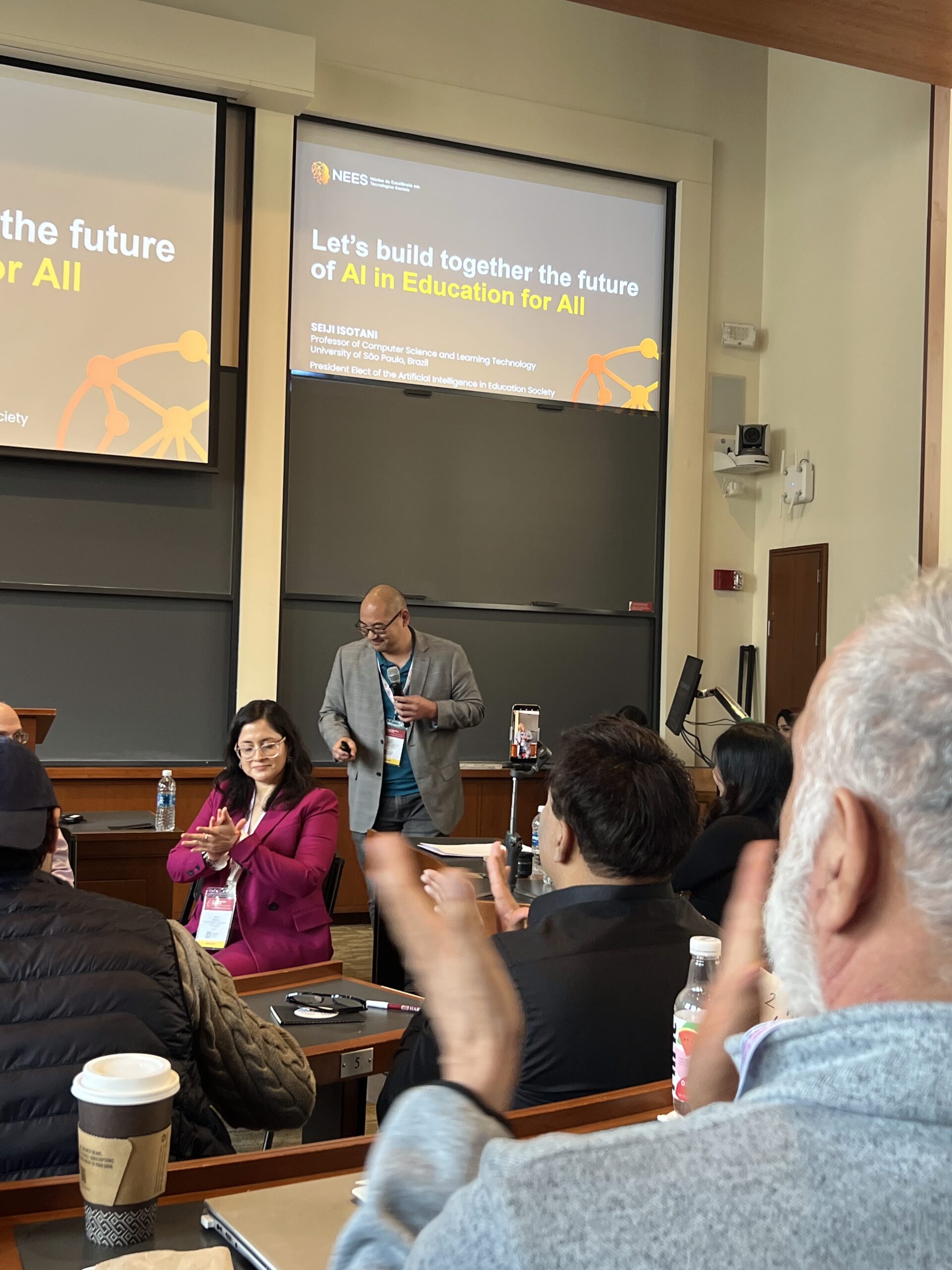

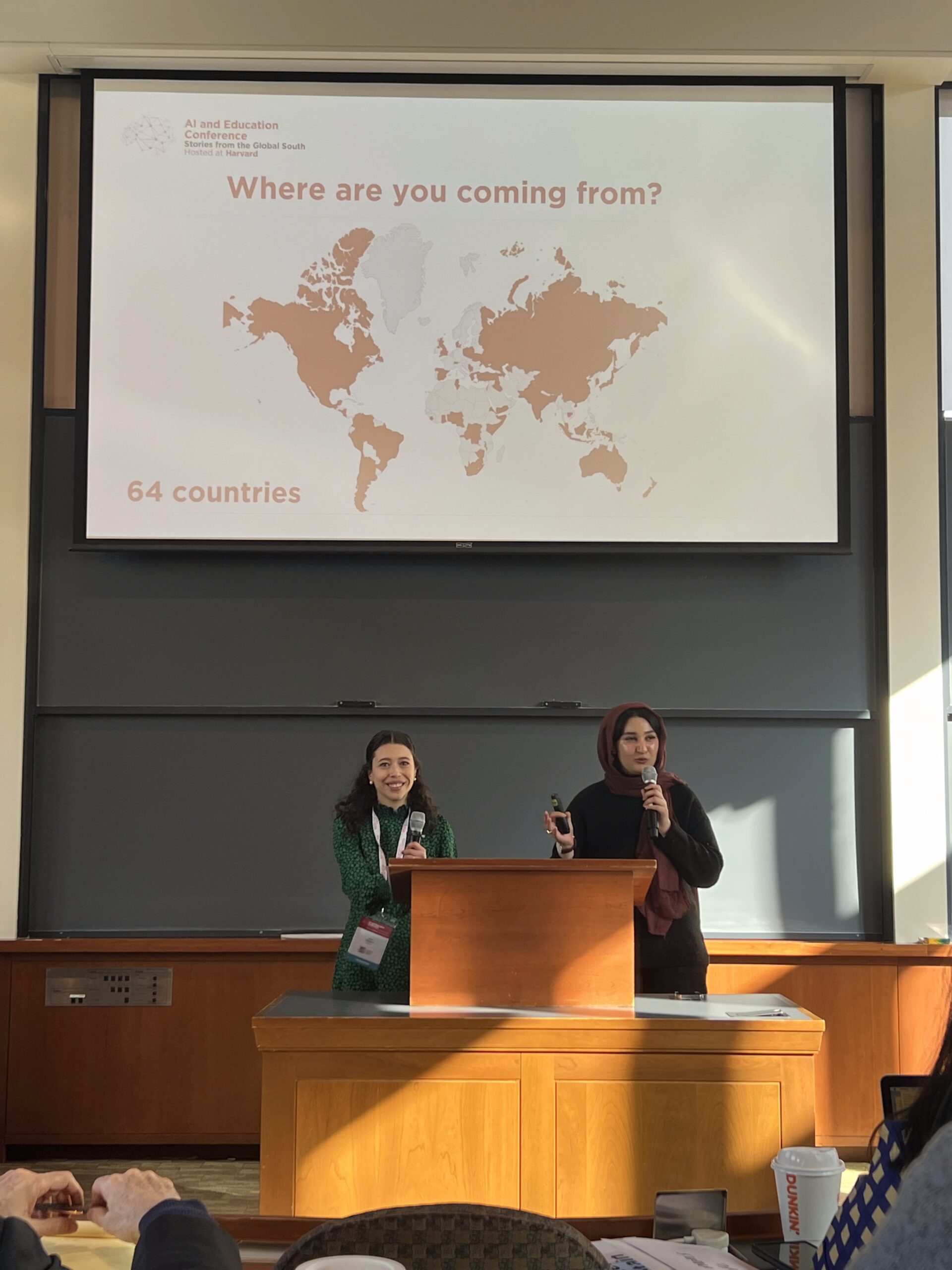
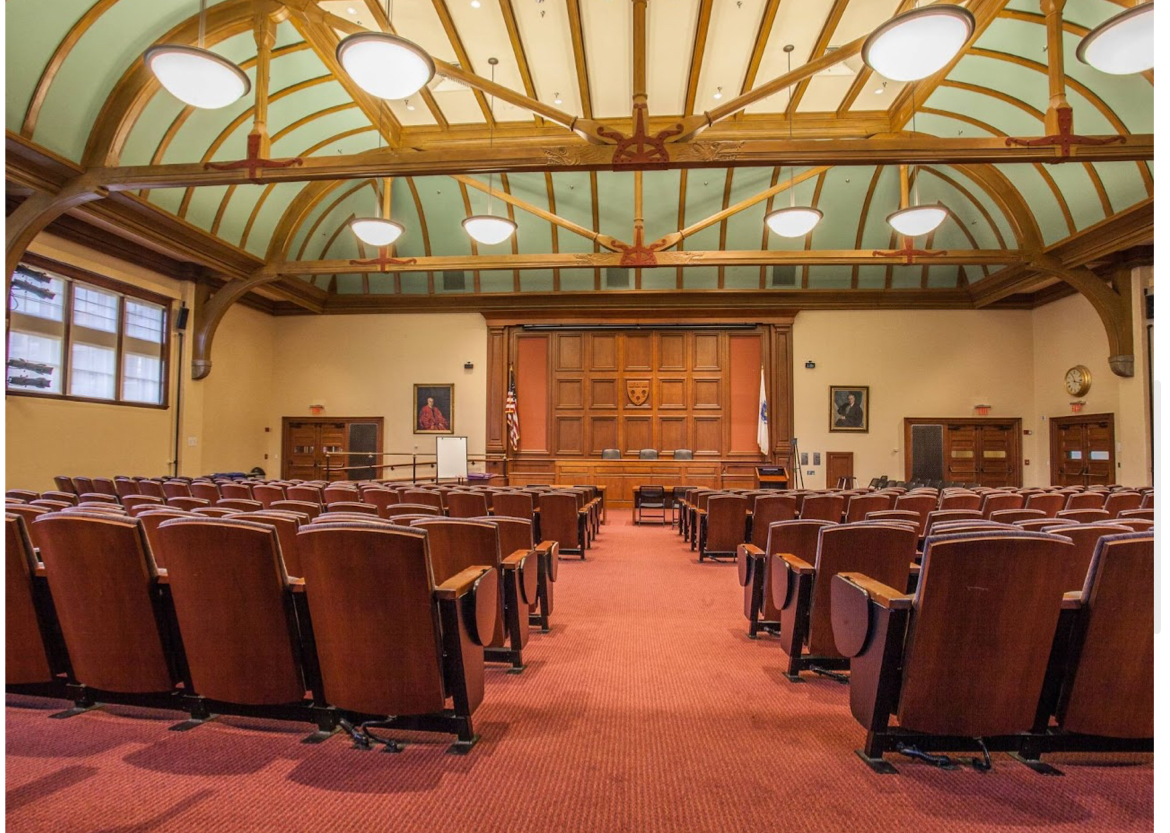


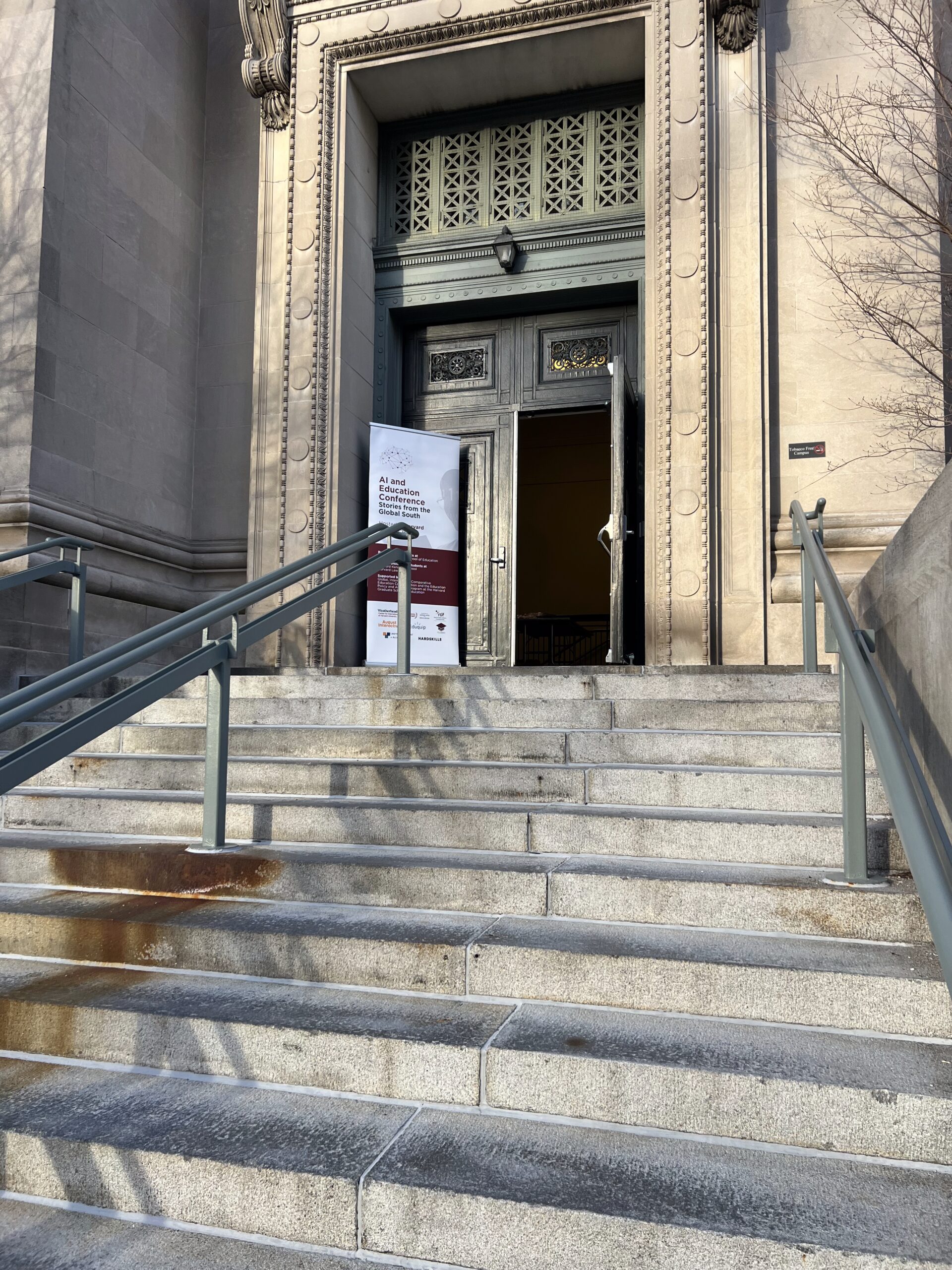
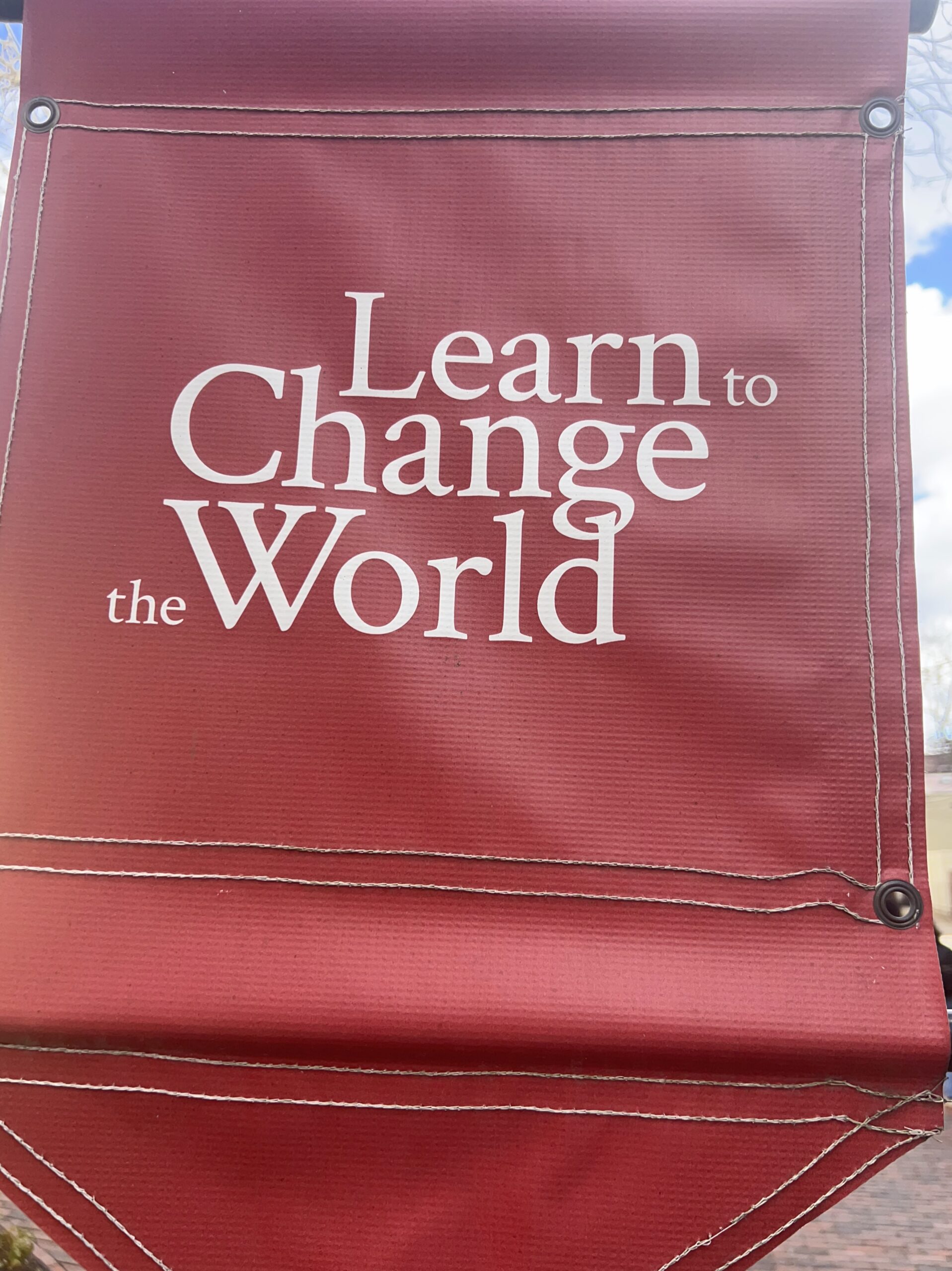

What I Learned…
1. AI Must Be Contextual
Across the sessions, a clear message emerged: AI cannot be one-size-fits-all. Whether in Nigeria, Brazil, or Texas, we must shape AI tools to fit our cultural, social, and educational contexts—not the other way around.
2. The Global South Is Leading with Creativity
While often under-resourced, educators and leaders from the Global South are innovating boldly. These stories reminded me of the powerful, grassroots creativity happening in many Texas districts—from rural schools building tech equity to community colleges pushing workforce transformation.
3. Students Deserve a Seat at the Table
One theme repeated often: students should not just be recipients of AI-powered education, but co-creators. That resonated deeply with my work in Texas, where learners are eager and capable of driving their own futures when empowered.
4. Equity Is a Global Challenge
Access to AI tools, training, and infrastructure remains uneven—even more so in underserved communities. This conversation must remain front and center, whether we’re in Nairobi or Nacogdoches.
5. Collaboration Is the Only Path Forward
Educators, researchers, developers, and policymakers must work together. In Texas, where silos can run deep, this summit reminded me how urgently we need cross-sector dialogue—especially as AI continues to evolve rapidly.
Incredible Voices at the Table
What made this event so impactful was the diversity and depth of voices involved. I was humbled to learn from global leaders including:
- Dina Ghobashy – Director, Global Education Transformation, Microsoft
- Dr. Eric Klopfer – Co-Director, MIT RAISE
- Maria Barron – Co-Lead, The World Bank EdTech Team
- Dr. Seiji Isotani – Professor, University of São Paulo, Brazil
- Nissi Madu – Managing Partner, Co-Creation Hub, Africa
- Dr. Asyia Kazmi, OBE – Global Education Policy Director, Gates Foundation
- Dr. Vinnie Jauhari – Director of Education Industry, Microsoft India
- Tonee Ndung’u – Founder, Kytabu and Somanasi Kenya
- Dr. Chris Dede – Senior Research Fellow, Harvard Graduate School of Education
Why It Matters for Texas
Texas is in a unique position. We’re large, diverse, and full of opportunity—but that comes with responsibility. The question isn’t whether AI will impact our classrooms—it’s whether we’ll shape that impact intentionally, ethically, and inclusively.
What I experienced at Harvard was not about perfection. It was about progress, voice, and vision. It affirmed the mission behind TexansForAI.com: to amplify the stories, struggles, and innovations happening right here in our state, and to ensure we don’t just consume AI—we contribute to it, thoughtfully.
Closing Thoughts
I left the summit more inspired than ever. Texas has the grit, talent, and heart to lead in this space—but we have to show up, speak out, and collaborate across sectors. The question now is: what will we write with our pen?

